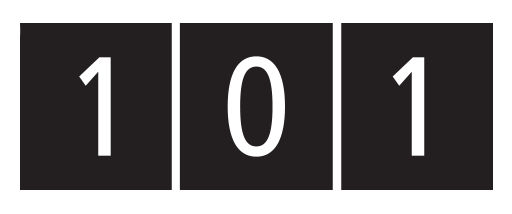The Agència de Salut Pública de Barcelona has developed and implemented a rodent surveillance plan in public green spaces and the sewage system. The aim is to monitor certain areas of the city and detect early rodent activity to prevent health problems and mitigate the effects of climate change on rodent activity. Surveillance zones were defined by considering previously recorded rodent activity data, the results of rat abundance studies in the city, indicators of socio-economic inequalities and proximity of schools. A specific software tool associated with a GIS was introduced into daily tasks to obtain geolocated data and outline the surveillance zones. Surveillance zones were inspected, monitoring points were placed and regular checks were conducted. Rodent activity was recorded for each checked point and control measures were taken when necessary. The first zones were defined by mid-October 2021 and were monitored until April 2023. In these zones, 3472 surveillance points in the sewage system and 983 in green spaces were checked 45,137 and 11,949 times, respectively. Rodent activity was detected in 77% of the sewage system points and 86% of the green spaces points. These initial results indicated a need to reinforce surveillance green space. In 2023, the number of surveillance points increased to 1,206, being checked 23,368 times. Less effort was allocated to the sewage system with 2,301 points checked 23,097 times. The number of surveillance points in 2024 remained similar to 2023: 1,487 for green spaces and 2,323 for the sewage system. However, the number of checks increased: 36,655 in green spaces and 30,581 in the sewage system (since in 2024, data were collected from January to December, in 2023, monitoring only began in mid-April 2023).

Rodent Surveillance In Green Spaces And Sewage System In Barcelona, Spain
Year: 2025
Keywords: rodent management, surveillance, sewage system, green spaces
Abstract:
Poster Abstract
